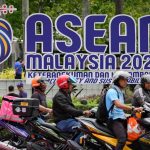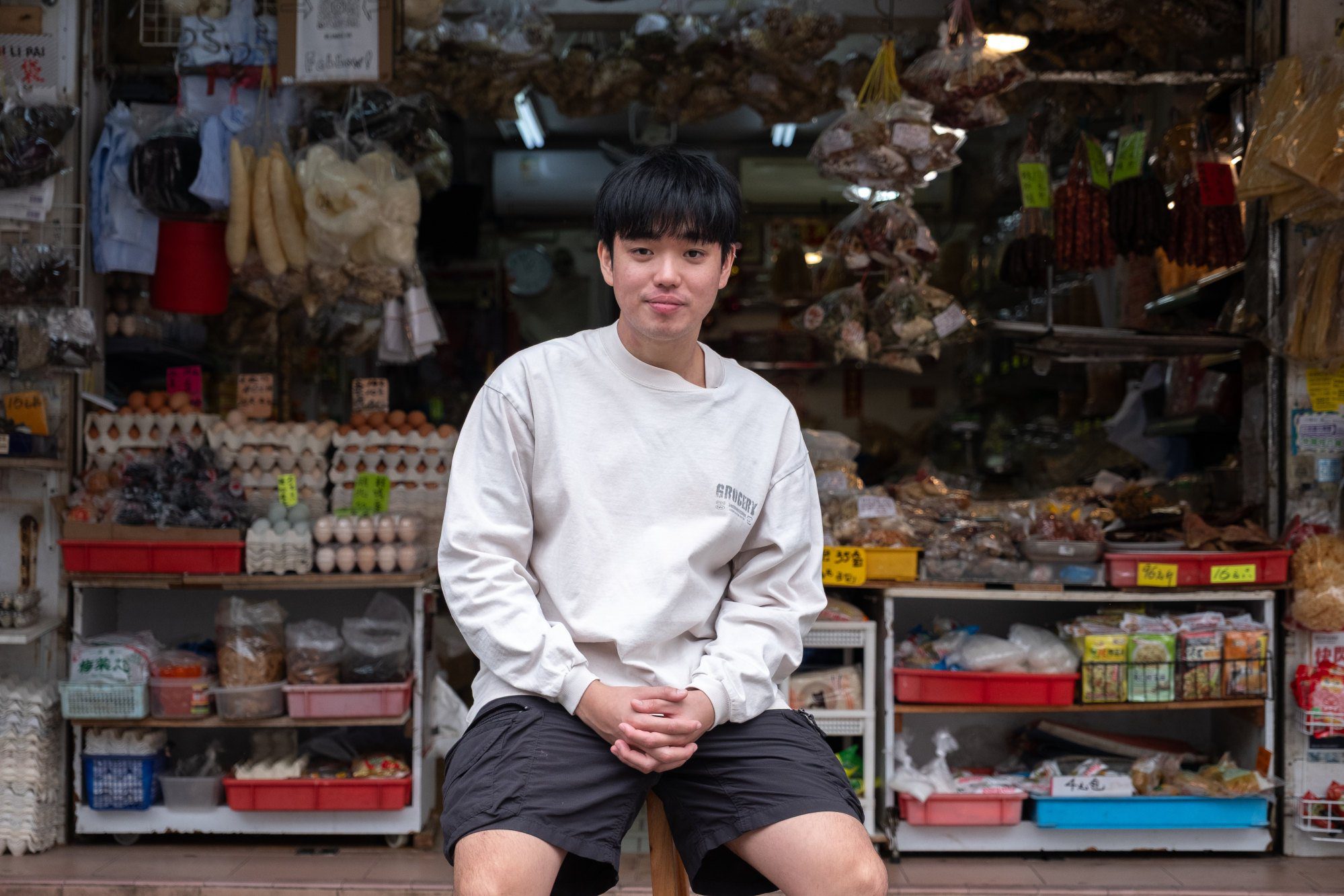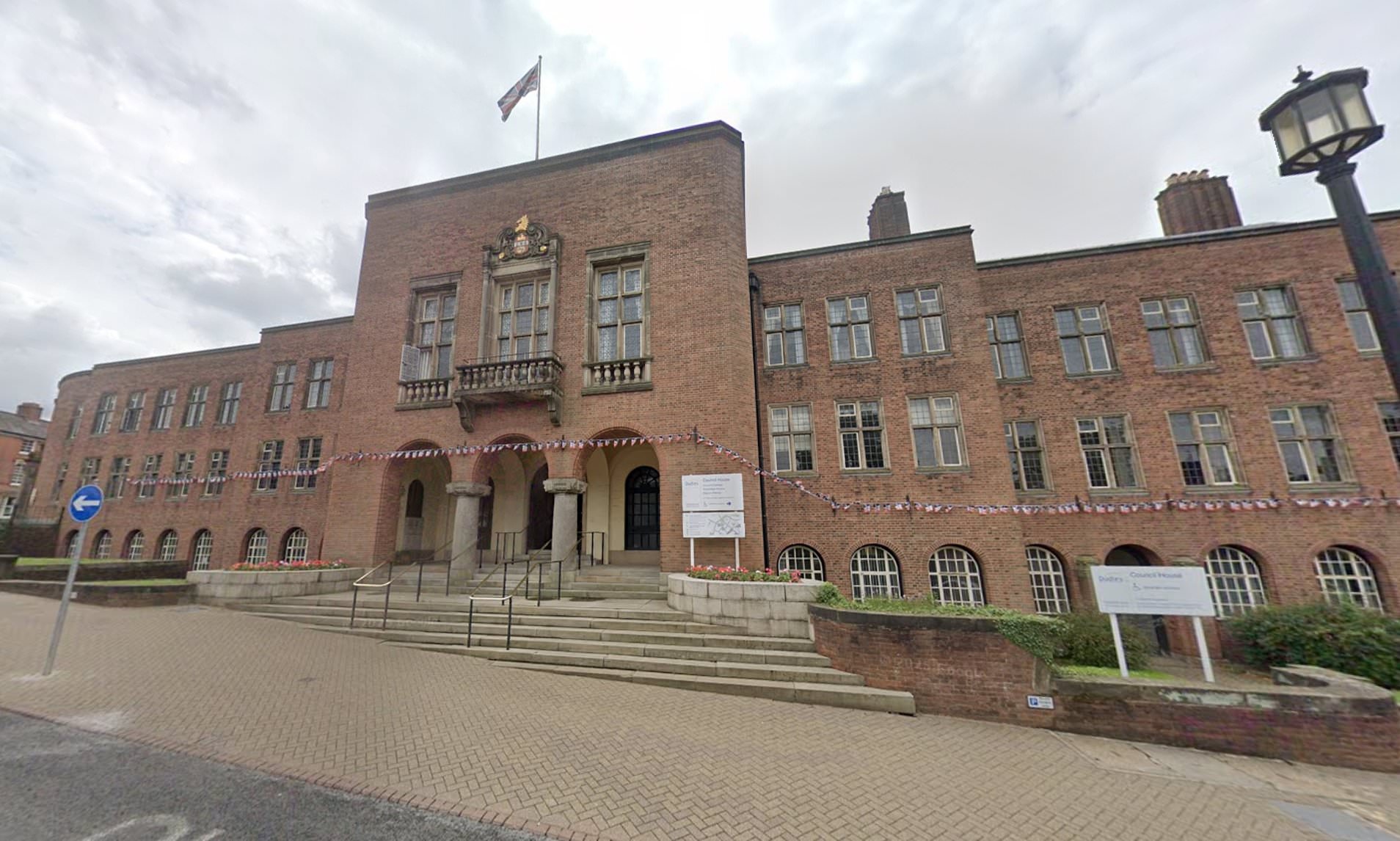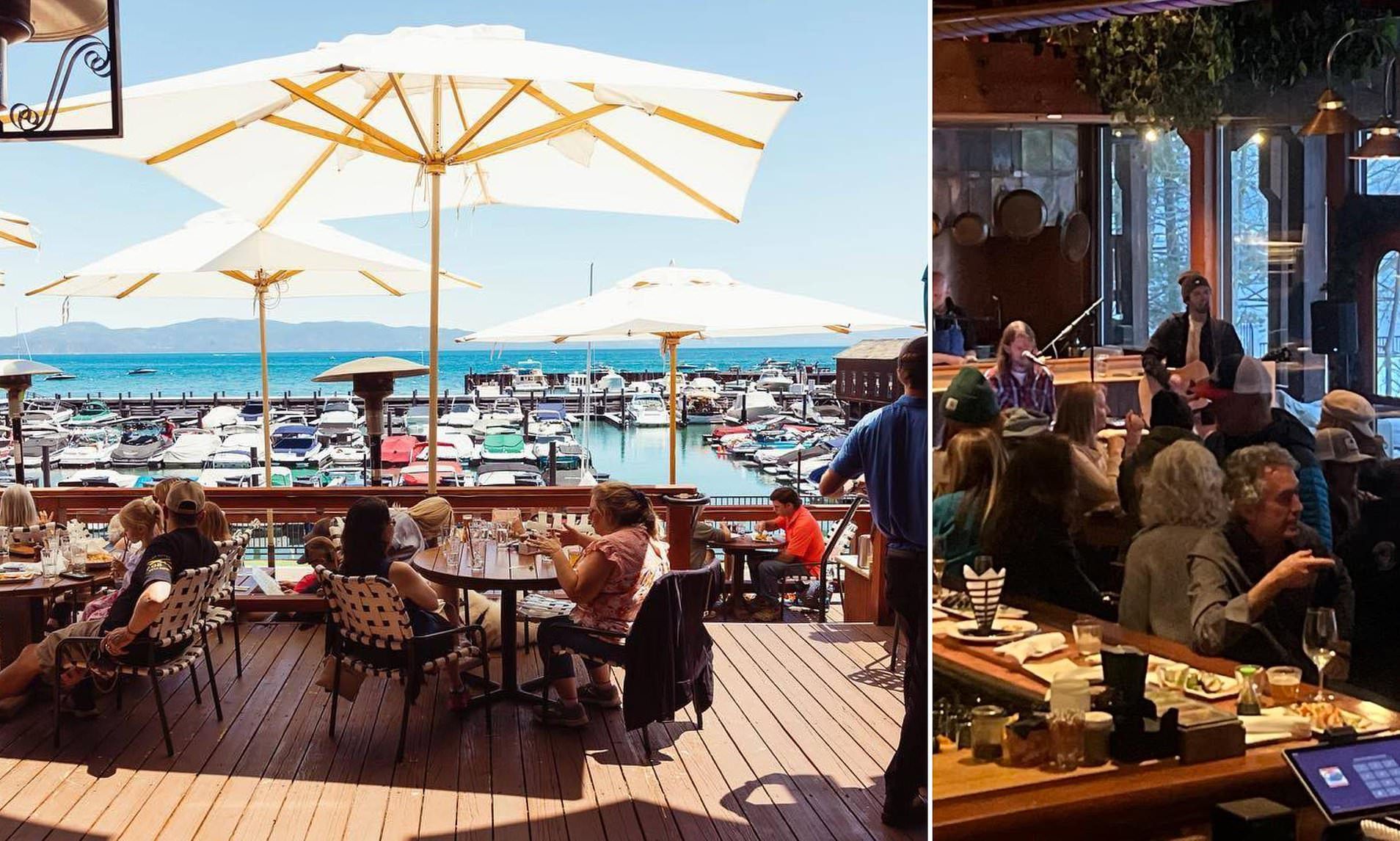A New Generation’s Fight to Preserve a Family Legacy
Tony Lam, a 22-year-old Hongkonger, is preparing to graduate from Polytechnic University with a degree in business administration. However, instead of following the traditional path into a professional career, he has chosen to dedicate himself to preserving his family’s six-decade-old grocery store in the old Kowloon City neighborhood. This decision reflects not only his personal commitment but also the broader struggle faced by small businesses in the face of rapid urban development.
Lam Kee Grocery Shop is one of the few remaining small businesses in an area that is set for redevelopment. As a Gen Z Hongkonger, Tony is determined to protect the legacy of the shop, which has been a part of his life since childhood. He believes that if the store disappears, it will leave a void in the memories of the local community.
The origins of Lam Kee date back to the 1960s when Tony’s late grandfather started the business as a modest street stall in what was once known as “Little Chiu Chow” and “Little Thailand.” The neighborhood was historically home to large Teochew and Thai communities, making it a vibrant hub of cultural diversity. Over the years, the store has undergone several changes, including a relocation in 2012 due to redevelopment.
As a child, Tony often helped out at the store, whether it was counting cash behind the counter or assisting his father with security. Initially, he saw this as a way to support his aging parents. However, the moment the family received notice from the Urban Renewal Authority (URA) about the redevelopment plans, Tony’s perspective shifted. He became determined to find ways to preserve his “second home.”
The area around Nga Tsin Wai Road and Carpenter Road, where Lam Kee is located, is expected to be redeveloped by 2038. The plan includes government offices, a market, and new flats to replace the current tenement buildings. Recently, Tony’s father signed a contract with the URA that allows the store to remain at its current location for at least five more years, with a guaranteed new location after the redevelopment.
Despite these assurances, the family remains concerned about the challenges they may face, such as higher rents and declining foot traffic. On a recent walk through the neighborhood, Tony pointed out that many buildings and shops have already been cleared out, including those that once relied on his family’s store for supplies.
“The unique character of the street is disappearing,” Tony said. He noted that the redevelopment has led to a decrease in foot traffic, making it harder for local businesses to thrive. Some tourists no longer consider visiting Kowloon City for shopping, further impacting the area’s vibrancy.
To adapt to changing consumer habits, Tony has been using his business administration knowledge to modernize the shop. Last year, he launched a social media page on Instagram, which has gained over 5,000 followers. He also created a website with a digital storefront and listed Lam Kee’s products on online retailer HKTV Mall.
Initially, his father was skeptical of Tony’s efforts but became more supportive after witnessing his dedication. However, the elder Lam remains uncertain about the long-term survival of the business, even with his son’s efforts.
“If Tony can bring new methods and sustain the shop in a more modern way, I support it,” he said. “But it’s also OK if one day he fails and has to find another job.”
Despite the challenges, Tony remains hopeful about the future of his family’s brand. He is open to the possibility of operating as an online retailer if necessary. He is grateful for the five additional years at the current location, which gives him time to explore new opportunities.
Tony acknowledges that redevelopment brings both positive and negative aspects. He believes that while change is inevitable, there is a need to preserve some of Hong Kong’s unique places. He emphasizes the importance of the government finding a balance between modernization and maintaining the district’s historical character.
In the end, Tony sees himself as part of a larger movement to protect the heritage of Kowloon City. He hopes that the community can continue to thrive while embracing new developments that respect its past.










